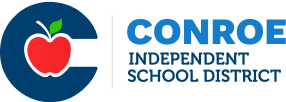
Standards-Based Learning & Reporting
Understanding My Child's Report Card
Performance Levels
What are Performance Levels?
Performance Levels on the Standards-Based Report Card indicate a child's demonstration of understanding and performance of the standards for the entire year. A level of 3 is the grade level target for all students by the end of the year.

0.5
Partial Success
Student demonstrates partial success with level 1 skills.
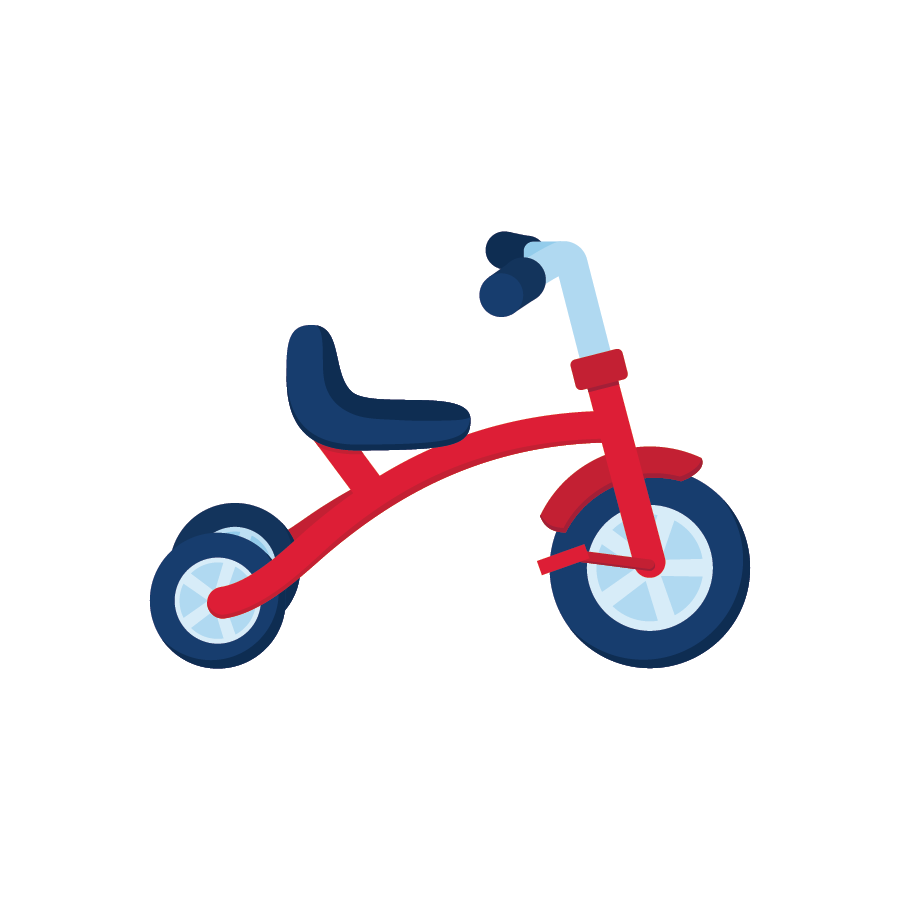
1.0
Emerging Toward Grade Level Standards
Student demonstrates progress toward proficiency on foundational skills.
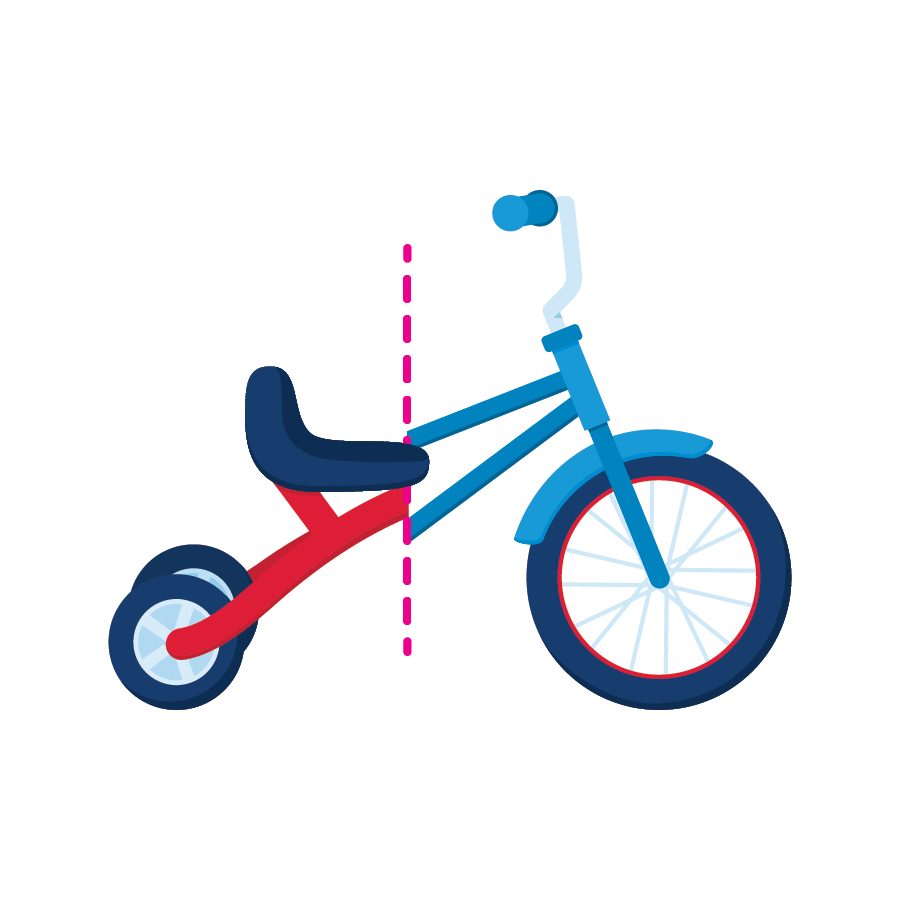
1.5
Partial Success
Student demonstrates success with level 1.0 skills and partial success with level 2.0 skills.

2.0
Approaching Grade Level Standard
Student demonstrates proficiency on foundational skills.

2.5
Partial Success
Student demonstrates success with level 2.0 skills and partial success with level 3.0 skills.

3.0
Meeting Grade Level Standards
Student demonstrates proficiency on all grade level skills.
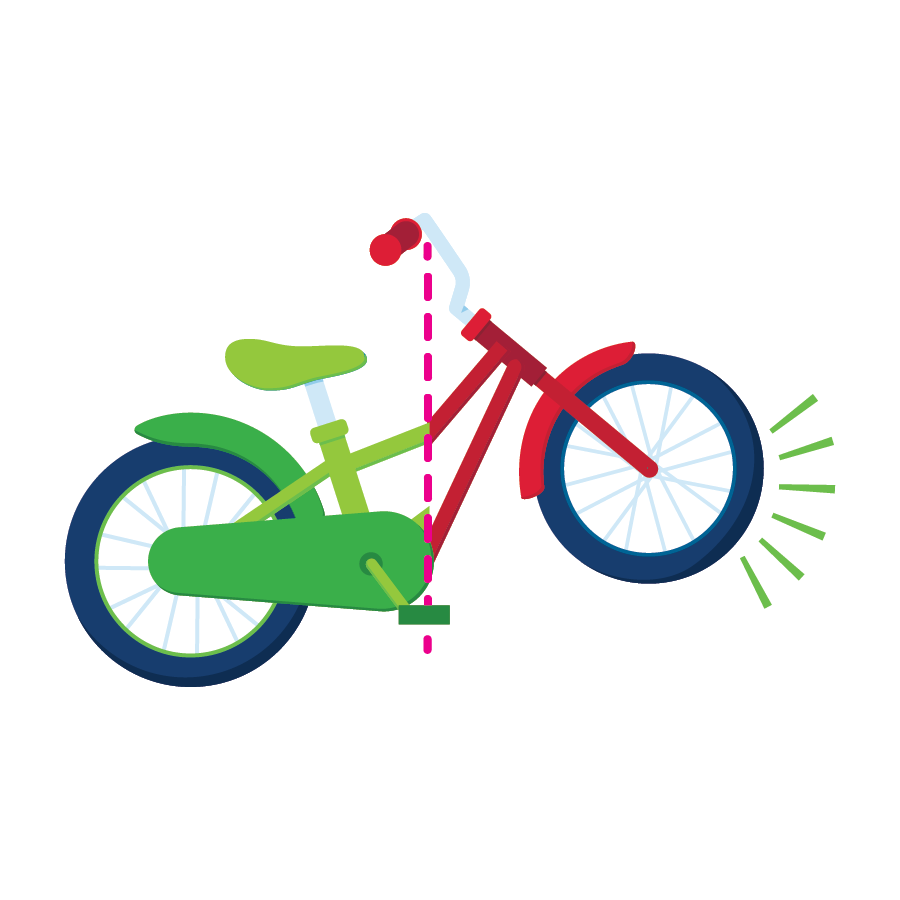
3.5
Partial Success
Student demonstrates mastery with level 3.0 skills and partial success with level 4.0 skills.
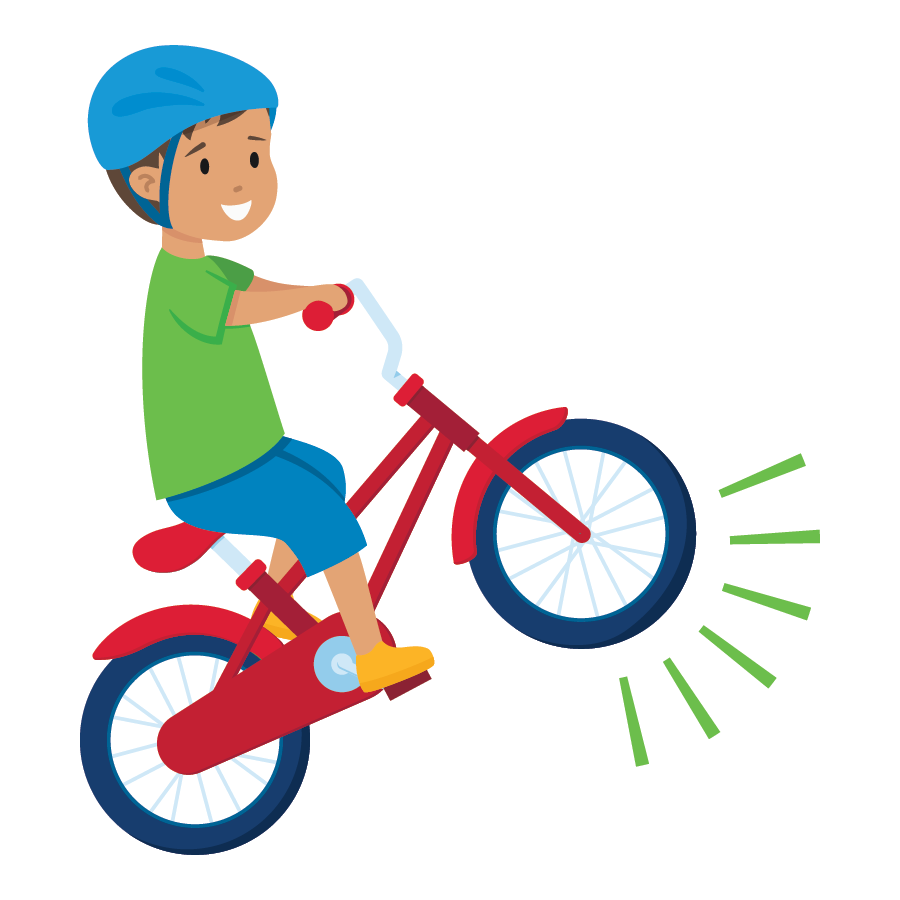
4.0
Exceeding Grade Level Standards
Student demonstrates understanding and performance beyond proficiency on grade level skills.
Standards-Based Learning Progressions
Conroe ISD Videos
The Benefits of Standards-Based Reporting
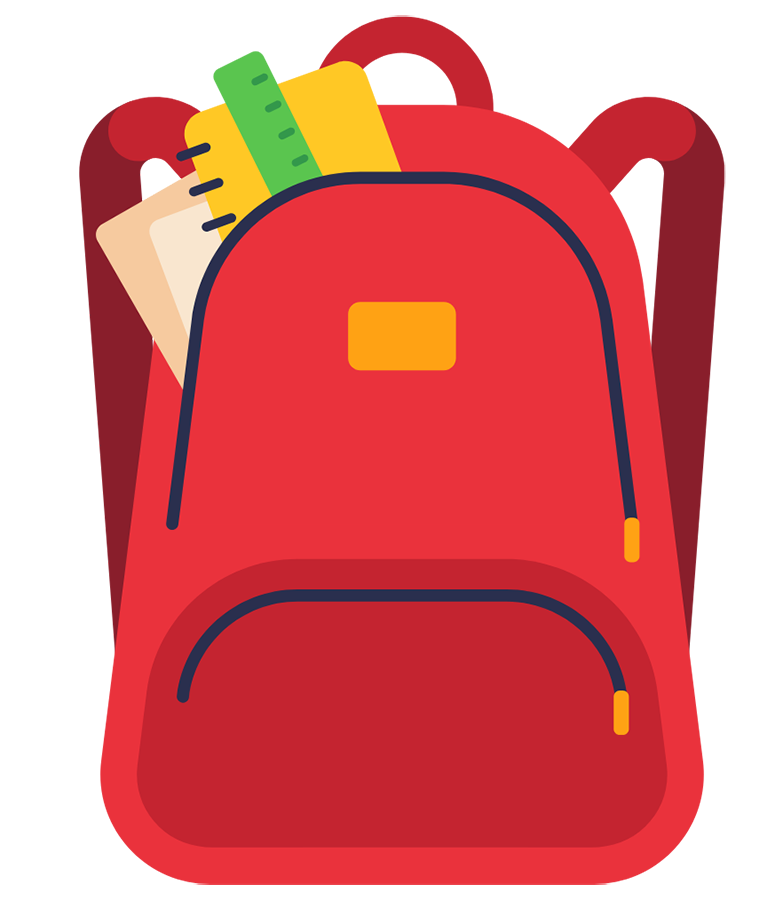

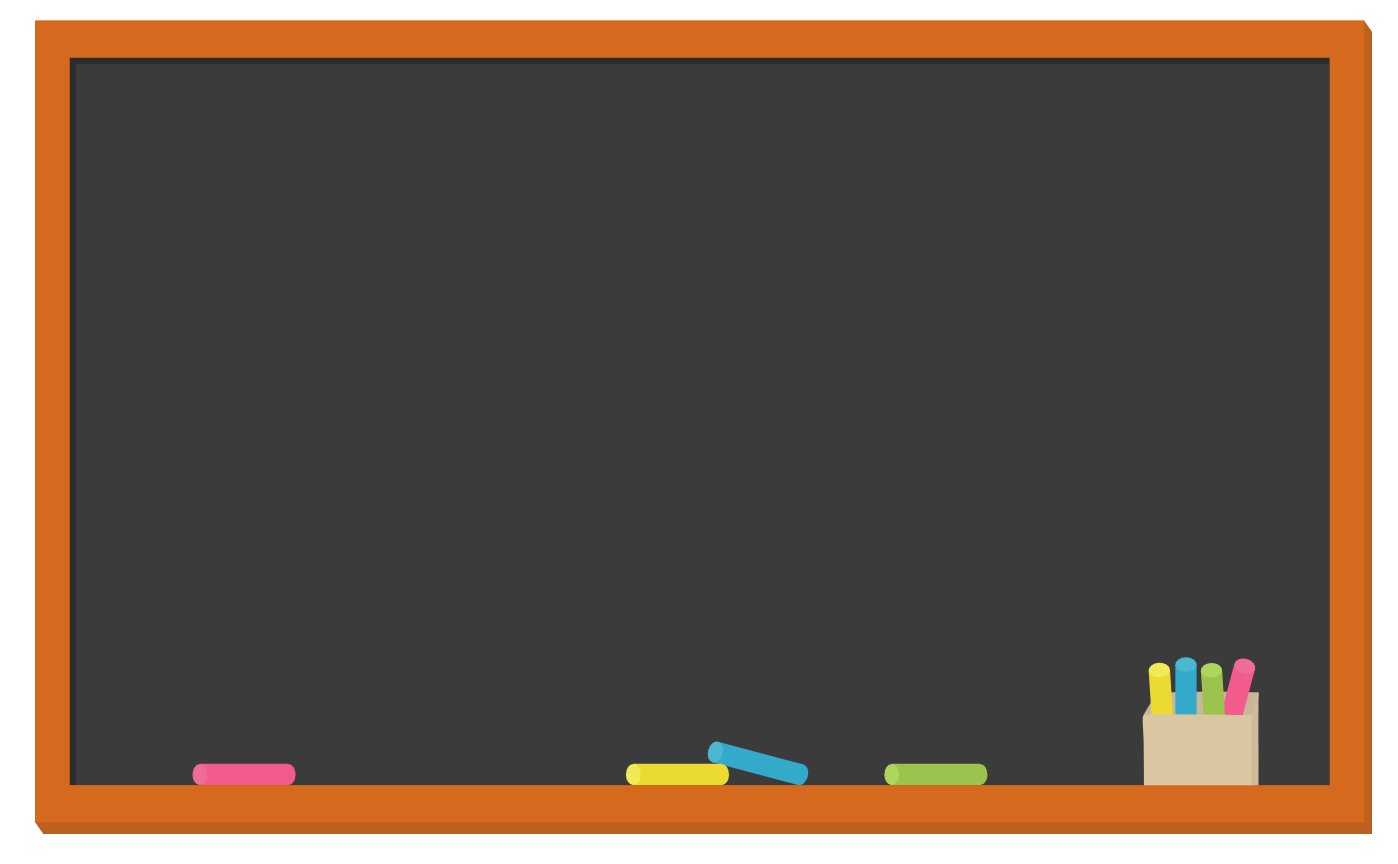
For Students
Learning targets are clearly defined and aligned with state standards
Students are offered multiple opportunities and ways through which to demonstrate proficiency
Students monitor their own progress toward the achievement of specified targets
Specific feedback on progress helps build self-esteem, pride, and motivation for students
For Parents
Report card grades are less mysterious and have more meaning
Parents are aware of exactly what their child knows, is able to do, and next steps for progress
Parents know in what areas their child needs more support
Parents are empowered to increase their child’s confidence and help their student set goals
For Teachers
Teachers know exactly where students stand in their progress toward learning targets and what support needs to be provided
Teachers of the same courses have aligned expectations and standards
Assessment results and collections of evidence help teachers determine when students need extra help and when they need more challenging work
